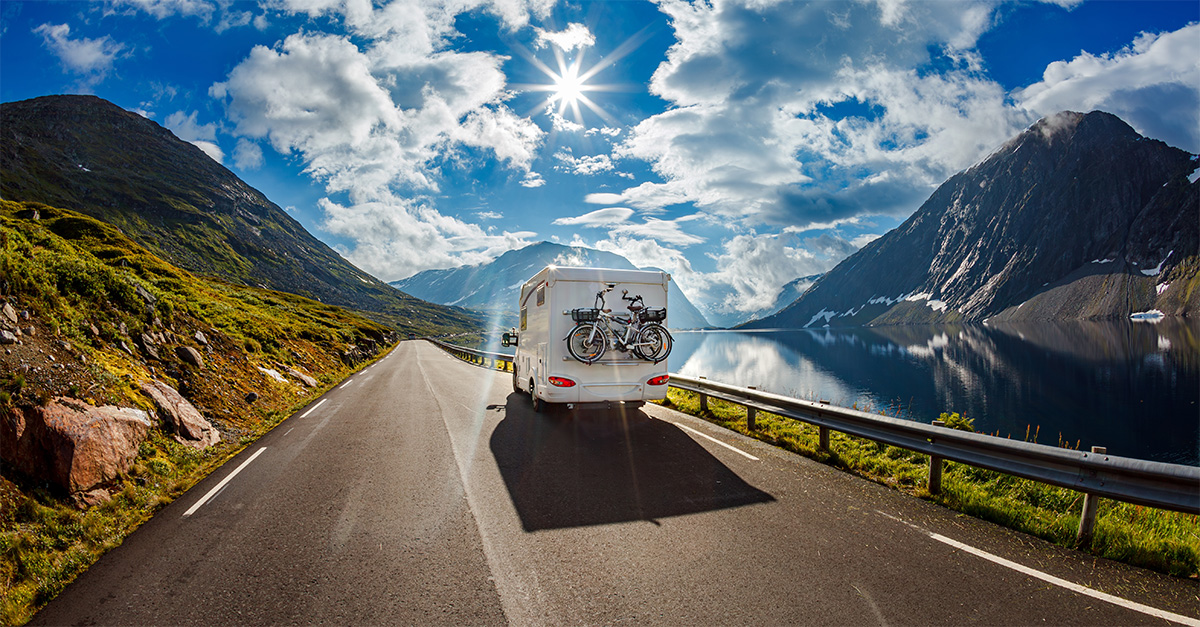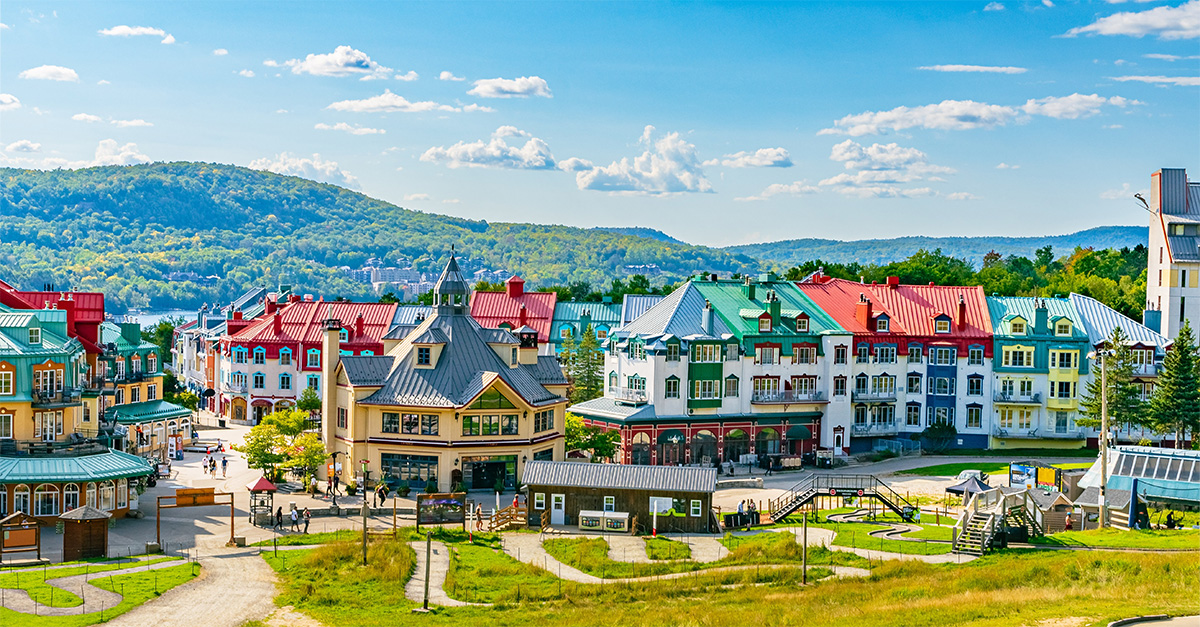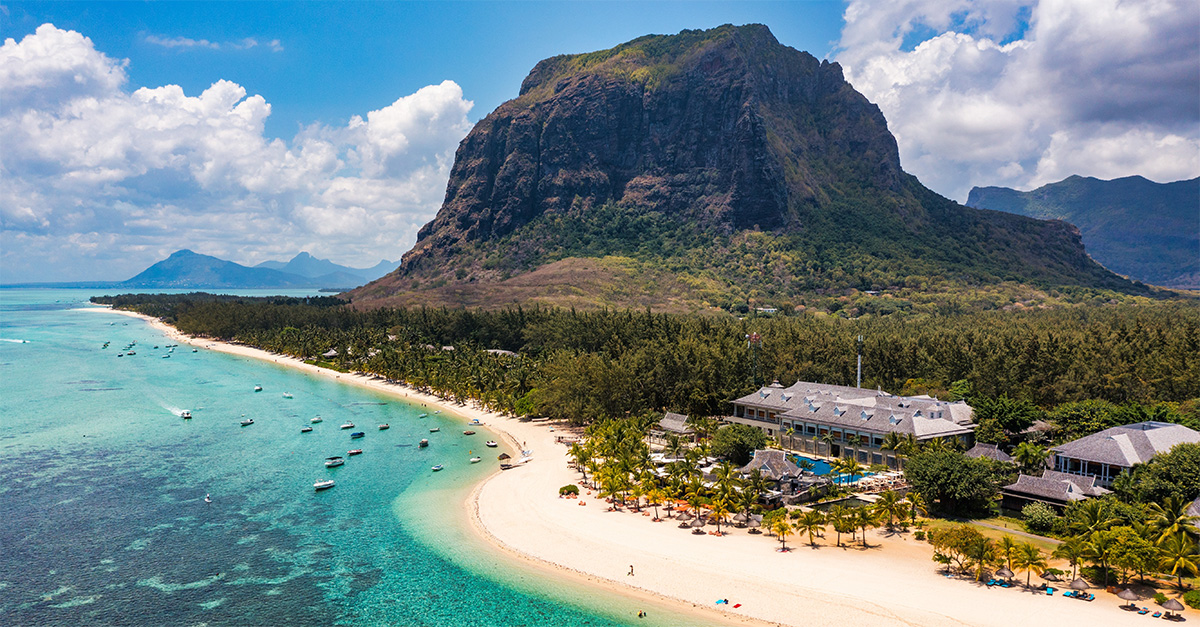Despite being the largest region in Spain, Castilla y Leon, which comprises the former kingdoms of Castilla (Old Castile) and Leon, is often overlooked by UK travellers. It’s a little wonder then that the local tourist board is on a drive to plug its top draws and raise its profile in the UK trade.
Fortunately for them, there’s certainly no shortage of things to shout about. The region, to the north of Madrid, is home to over half of the country’s UNESCO World Heritage Sites.
Visitors can explore more than 200 castles, almost 400 museums and 11 cathedrals, not to mention Salamanca’s charming Plaza Mayor, the Roman aqueduct in Segovia and the historic walled city of Avila, while the food is so good it makes buttons pop off.
And if all that gastronomy and culture doesn’t sate your clients’ appetites, the region is also home to 21 ski resorts, 38 golf courses and wonderful walking trails.
Urban delights/Green and Gothic
The instantly appealing Burgos, by the River Arlanzón, is one of Europe’s greenest cities. After entering the impressive Gate of Santa Maria, you’ll be wowed by the steeple-strewn 13th century Gothic cathedral, also the final resting place of medieval fighter El Cid.
In the perfectly preserved old quarter, it’s not unusual to see pilgrims on the Route to Santiago de Compostela (the Way of St James). The riverside Paseo del Espolon is a great way to soak up Burgos’ relaxed river town feel.
Hidden gems
A couple of hours southwest, by the River Pisuerga in the Ribera del Duero (banks of River Duero) wine region, is Valladolid. Although it lacks an instant wow factor, its attractions are easy to unearth. Highlights are the cathedral, Church of San Pablo and university facade. Spain aficionados may experience a sense of déjà vu upon entering Plaza Mayor as its arcaded design has inspired many of the country’s other squares, most notably Madrid’s and Salamanca’s.
The 211-room, four-star Hotel Meliá Olid is a smart, if slightly dated, city centre hotel on Plaza San Miguel, 10. There’s an elegant à la carte restaurant, El Jardín, and all rooms have internet access. Singles/doubles cost €88/€138 but there are deals to be had.
Piece de resistance
Salamanca is the liveliest, most cosmopolitan hub of Castilla y Leon, home to Europe’s oldest surviving university and the beautiful Baroque-style arcaded Plaza Mayor, lined with restaurant terraces.
There are two cathedrals, the old and new, which are joined to each other. Both are appropriately elaborate, but look closely at the 18th century facade and you’ll find an astronaut and a demon with an ice cream – added by 20th century restorers with a sense of humour. The distinctive golden hue of the historic centre (a UNESCO World Heritage Site) is best appreciated from atop the cathedral tower.
The comfortable four-star Hotel Abba Fonseca on Plaza San Blas is next to the Colegio Fonseca with cathedral views. It has an à la carte restaurant, airy rooms and wi-fi (disappointingly, not free). A double costs: €152, single €135 and breakfast costs €13.80.
Castles and aqueducts
The walled city of Segovia is a heart-capturing sort of place, its Roman aqueduct towering over the entrance. At the other end is the Alcazar de Segovia, a turreted, blue-roofed castle fortress on a rocky hillock, supposedly inspiring Disney’s Cinderella palace (the resemblance is uncanny).
For urban ramblers like me, padding through the historic Jewish quarter, past the majestic cathedral and Moorish architecture, is a reminder of how these cultures, Jewish, Muslim and Christian, have shaped the city.
Just outside Segovia is the Royal Palace of La Granja de San Ildefonso. The sumptuous interior is fascinating, but its gardens and fountains, commissioned by Philip V, the King of Spain in the 18th century, to recapture his childhood at the French court, are the real highlight.
Hotels worth a mention include the contemporary Hotel Eurostars Plaza Acueducto, on Avenida Padre Claret 2-4. Most of its 72 spacious rooms have views of the aqueduct and bathrooms are ultra-modern. Doubles cost €54 per night (low season) and a suite costs €299 (high season).
Medieval magic
Save the best until last? Perhaps. It’s like stepping back in time in Avila, the entire medieval walled city is a World Heritage Site. Its 1.6-mile-long walls, Spain’s best conserved, are the world’s largest floodlit monument. The San Vicente church, pictured above, is another highlight.
From the Cuatro Postes (Four Posts) monument, views over the city and Gothic cathedral satisfy the appetite of even the most jaded traveller. And talking of appetite…
Gastro giants
Castilla y Leon takes its food seriously. At Segovia’s family-run Mesón de Cándido, situated by the aqueduct since 1786, dining is positively ceremonial.
The speciality, cochinillo (suckling pig), legs splayed post-roasting, is ‘introduced’ to the diners by the host who demonstrates its tenderness by slicing it using a plate edge. The restaurant also specialises in Castilian white bean and pork soup, and punch cake, a liqueur-soaked marzipan sponge.
At the Meson del Cid in Burgos, the speciality is lechazo, roast suckling lamb. Other dishes include cheese and morcilla (black pudding), garlic soup and Burgos lentils.
Hanging hams are a familiar sight especially in Salamanca, which produces 60% of Spain’s Iberian cured jamon. Other dishes worth a try include the spicy sausage, farinato, and hornazo Salmantino – a chorizo, pork, ham and egg pie.
For those with more money to burn, Valladolid is home to one of the region’s newest Michelin-starred restaurants, Ramiro’s. Set in the Science Museum building, the 10th floor restaurant overlooks the River Pisuerga and serves up morsels of lovingly-prepared gourmet cuisine, such as mussel soup and ice cream made at the table.
Wine growers
Nine of the region’s wines hold a Designation of Origin. Castilla y Leon is renowned for its fresh, fruity whites from the Verdejo grape. In Rueda, close to Valladolid, the Yllera family co-own the Grupo Yllera winery. Individual and group visits/tastings can be booked in advance.
Nearby is their former winery, located above a 14th century underground cellar. The 0.6-mile tunnel is now used to store sparkling and reserve wines and there is a huge dining room for private parties.
Getting there
Ryanair flies direct to Valladolid from Stansted. The other good value option is to fly via Madrid with Iberia or British Airways. High-speed trains service Madrid, Segovia and Valladolid. Travelling by bus is also easy between major towns, or offer your clients car for ultimate exploration opportunities. The best times to visit are spring, early summer and autumn
Sample product
Explore’s 12-day Conquistadores and Old Castile tour takes in Madrid, Avila, Salamanca and Segovia, plus Caceres and Trujillo or Merida. A place on the tour, which runs from September 12-23, costs from £873 per person, including flights from London, transfers and local transportation, 11 nights in two- or three-star hotels/hostels, some meals and tour leader services. (explore.co.uk, 0844 499 0901)
Titan HiTours’ 11-night Heart of Spain tour takes in Madrid, Salamanca, Avila, Burgos, Segovia as well as Barcelona, Zaragoza and San Sebastian. Prices start from £1,475 per person twin-share and include British Airways flights from London and VIP home pick-up. Tours depart on September 4, 18 and 25, with further dates available in 2010. (titanhitours.co.uk, 0800 988 5823)




